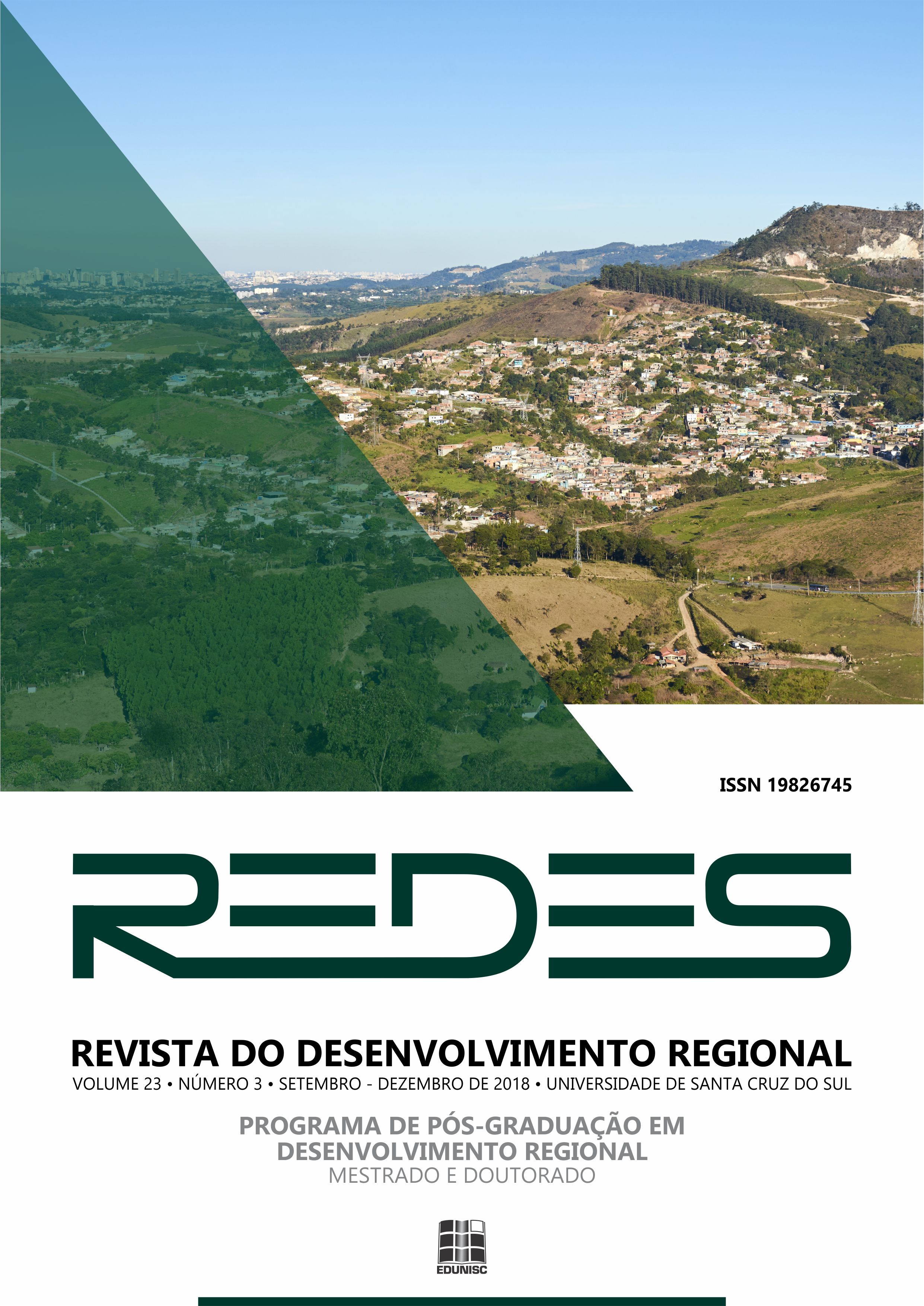Defining rural: a functional and accessibility approach applied in Castilla-La Mancha (Spain)
DOI:
https://doi.org/10.17058/redes.v23i3.12245Keywords:
Rurality. Rural accessibility. European Union. Spain.Abstract
This article reflects on the modern definition of rural spaces, trying to go beyond the mere distinction from the urban areas to develop a more integrated approach with functional elements. In the global context, where the cities and the urban areas became practically the only paradigm, the rural areas show a great range of geographical situations in relation to them. With an empirical perspective, a method grounded on statistical analysis and spatial accessibility is proposed to understand the different configurations of rural areas in relation to the main urban networks, defining profiles and interpreting their trends. This method is applied in Castilla-La Mancha, a region of Spain where the notion of territorial cohesion as a policy goal of the European Union is worth to explore within this framework. Results show that at least three types of rural situations are drawn from the statistical indicators used and the accessibility analysis, depicting quite different diagnosis for the municipalities involved on each group. This proposal is a starting point for further analysis, where comparison between regions or larger areas might be included; also, a more detailed statistical data could improve the performance of the methodology.Downloads
Download data is not yet available.
Downloads
Published
2018-09-12
How to Cite
Martínez Sánchez-Mateos, H. (2018). Defining rural: a functional and accessibility approach applied in Castilla-La Mancha (Spain). Redes , 23(3), 248-266. https://doi.org/10.17058/redes.v23i3.12245
Issue
Section
Articles



